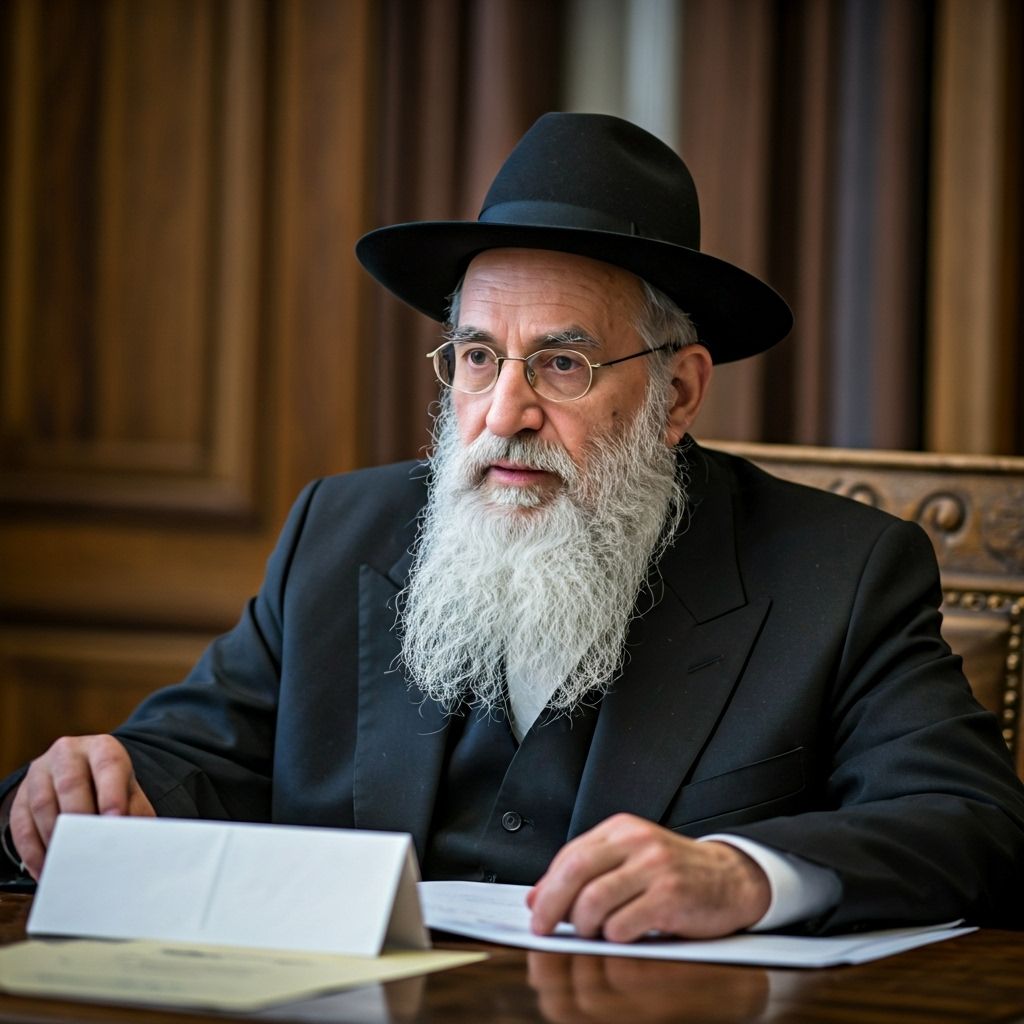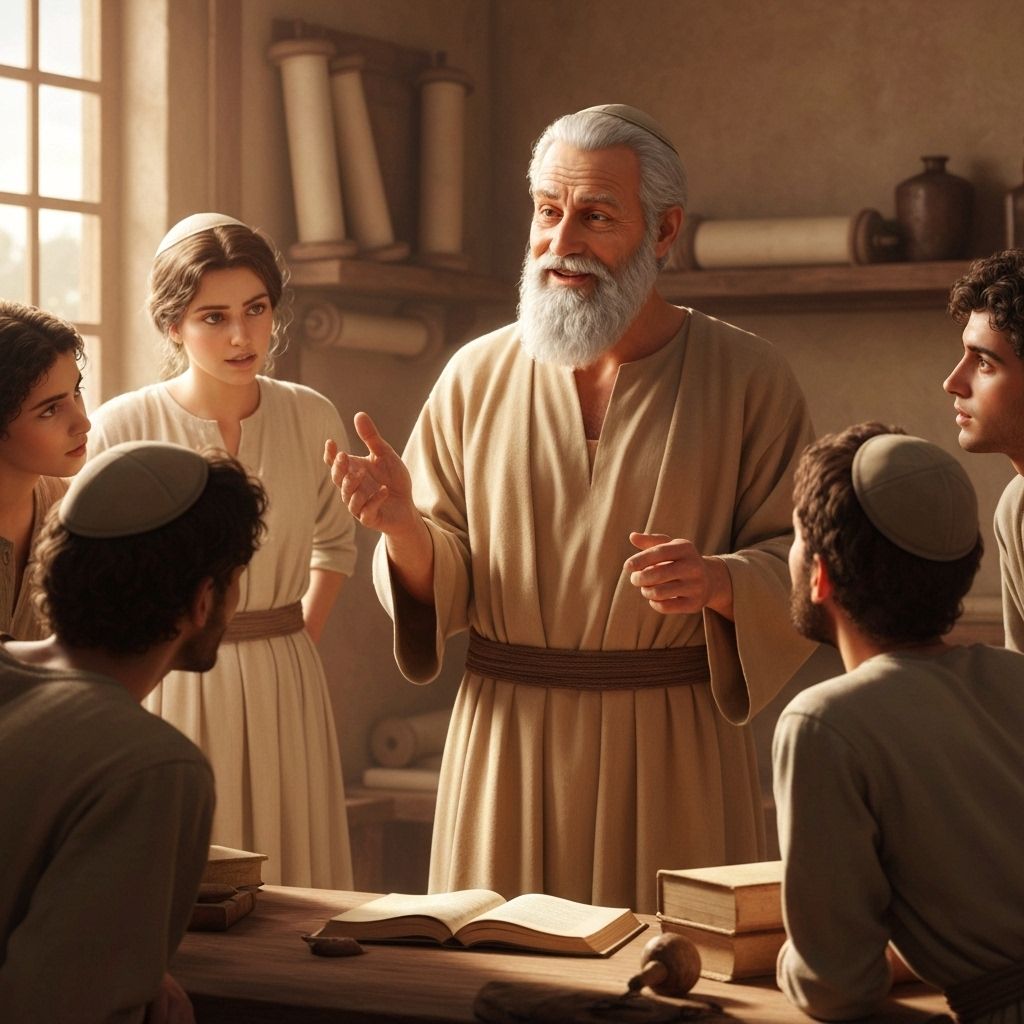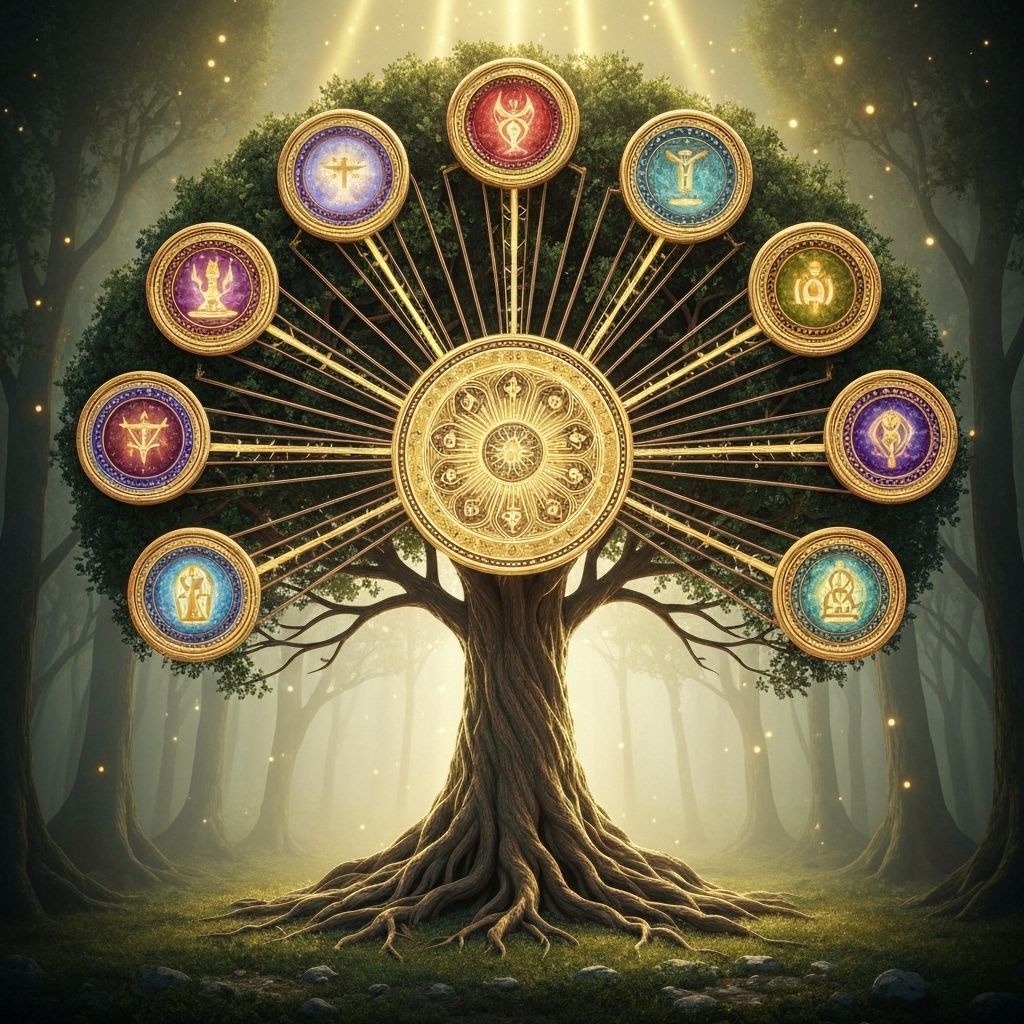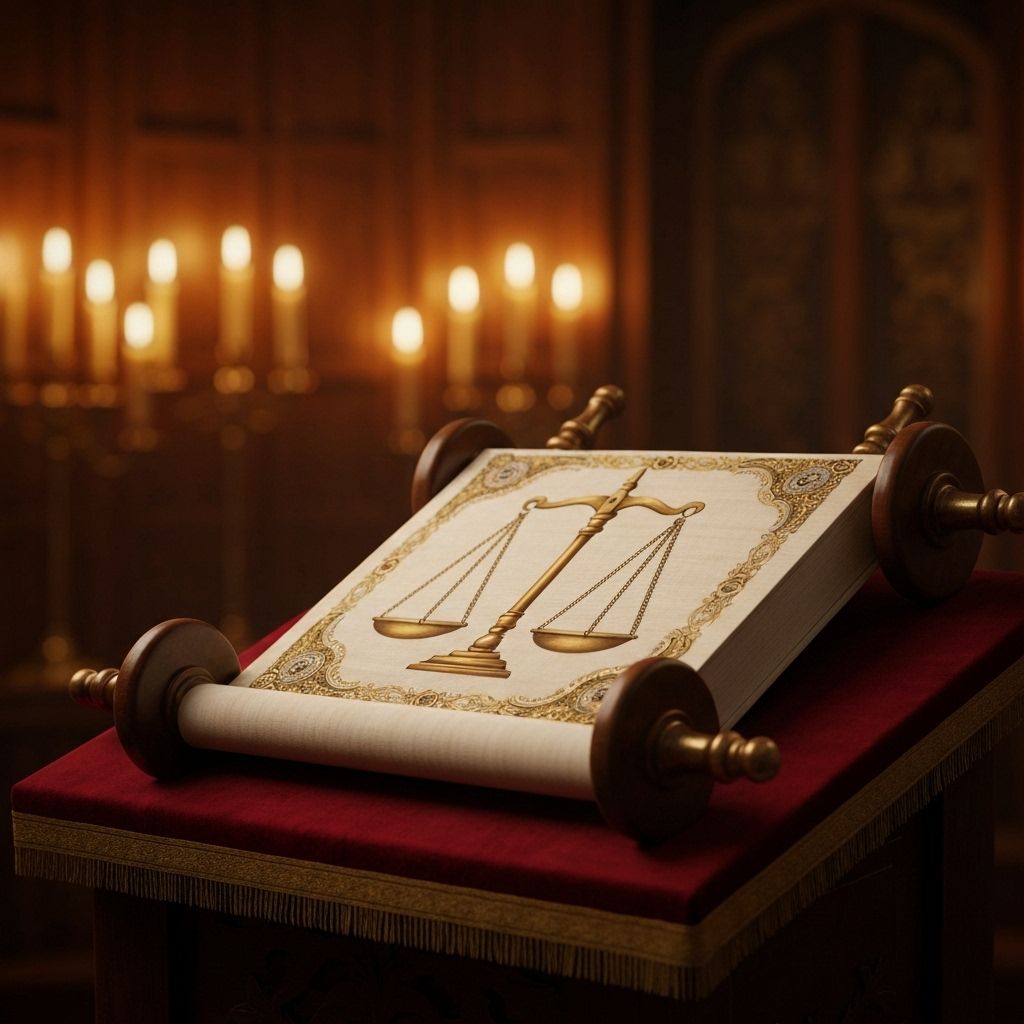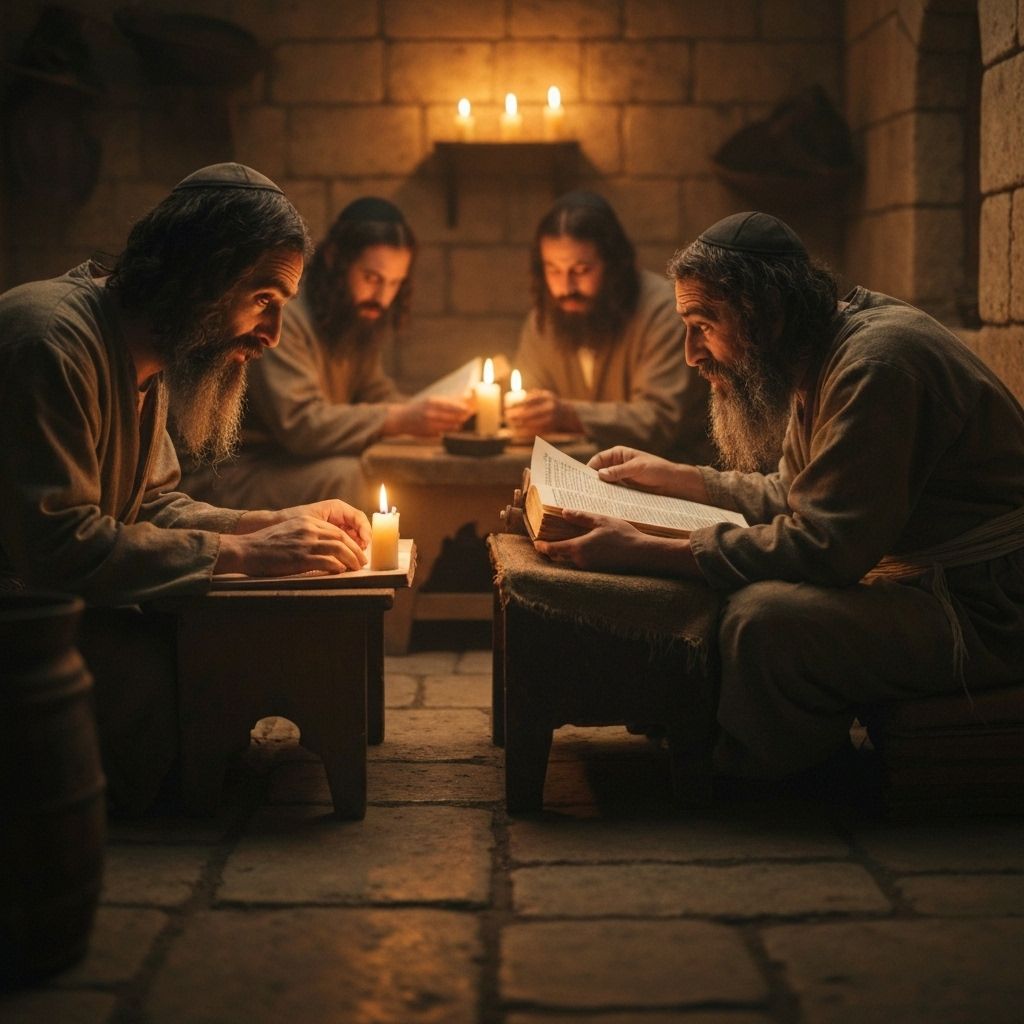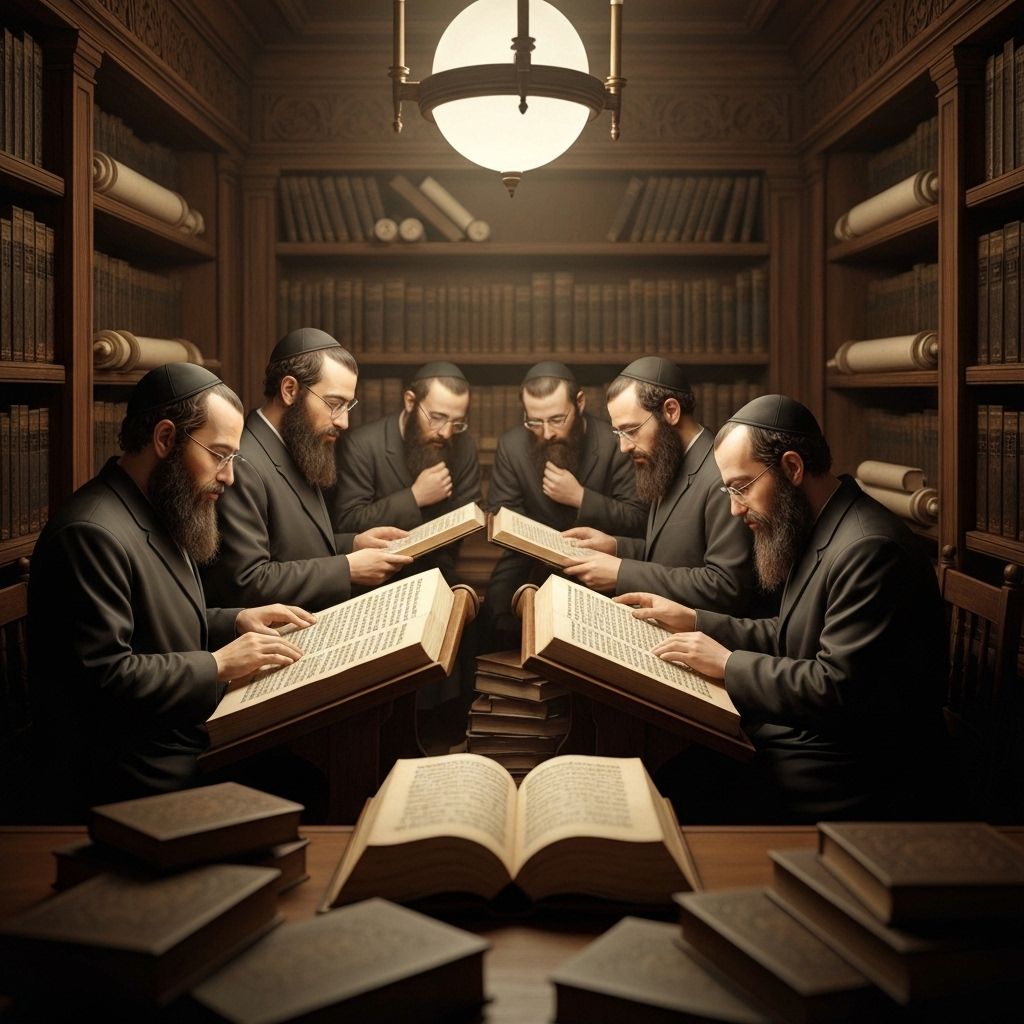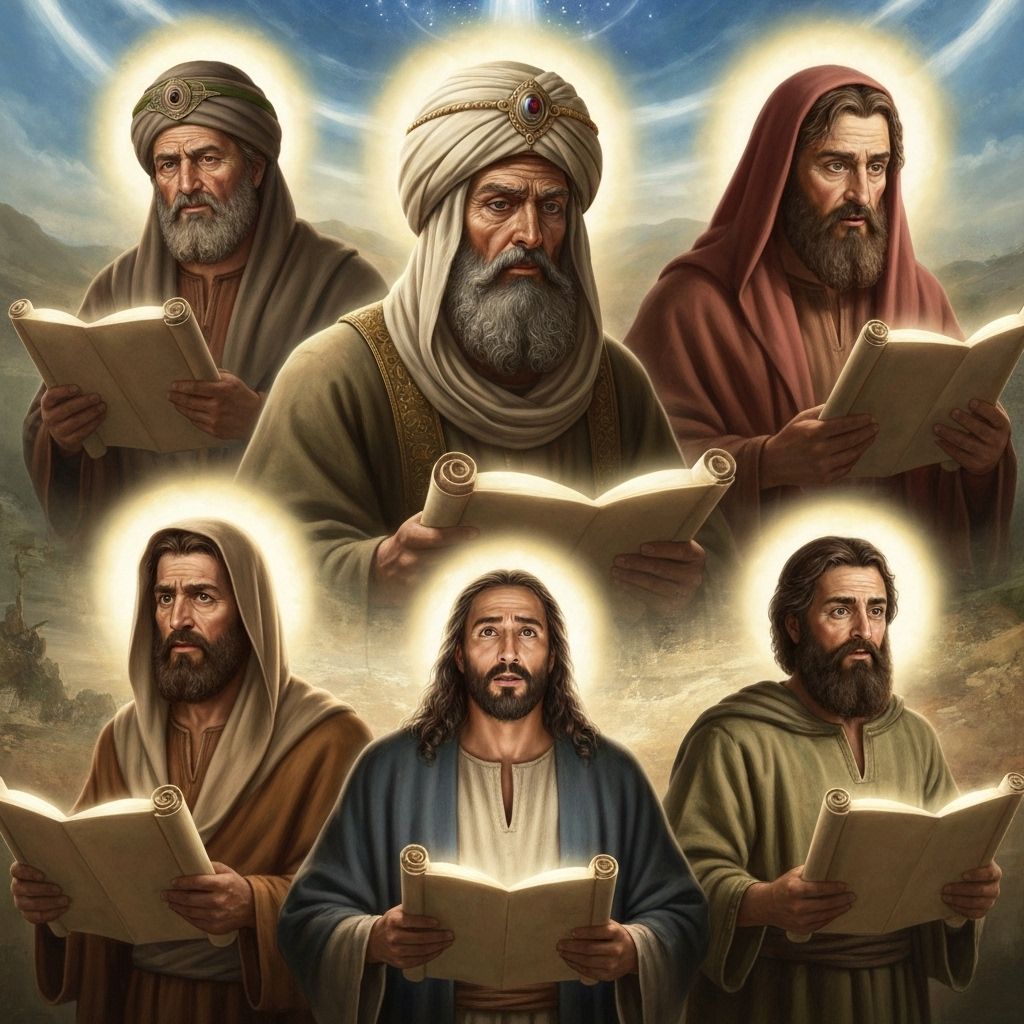3-Minute Summary
The Words of the Torah Explained with Help from Rashi and Ramban
Rashi (1040-1105) was a medieval French rabbi whose commentary on the Torah and Talmud is considered essential reading. His explanations focus on the plain meaning of the text and are known for their clarity and accessibility.
Ramban (1194-1270) was a Spanish rabbi, physician, and philosopher who provided deeper mystical and philosophical insights into the Torah, often building upon Rashi's work while adding his own profound interpretations.
Parashat Vayishlach opens with Jacob's preparation to meet Esau after twenty years of separation, marking a crucial moment of potential reconciliation and spiritual transformation. His sending of messengers with gifts to Esau demonstrates his recognition of the need to address past wrongs and his willingness to take responsibility for his actions. The detailed preparation shows Jacob's growth from the impulsive young man who deceived his father to someone who carefully considers the consequences of his actions and seeks to make amends.
Jacob's night of wrestling with the mysterious figure represents one of the most profound spiritual encounters in the Torah. This struggle, which leaves him with a permanent limp, symbolizes the internal conflict that every spiritual seeker must face—the struggle between our lower and higher natures, between fear and faith, between running away from our problems and facing them with courage. The fact that Jacob emerges from this struggle with a new name, Israel, suggests that true spiritual growth requires transformation of identity and purpose.
The angel's refusal to reveal his name and his blessing of Jacob with the name Israel establishes the principle that spiritual transformation often comes through mysterious encounters and that divine guidance sometimes works in ways that are beyond human understanding. The name Israel, meaning 'he who struggles with Hashem,' becomes the foundation for the Jewish people's identity, suggesting that the essence of Jewish spirituality is not passive acceptance but active engagement and struggle with divine will and human nature.
Jacob's meeting with Esau and their eventual reconciliation demonstrates the power of genuine repentance and the possibility of healing even the most broken relationships. Esau's warm embrace of Jacob shows that time and divine intervention can soften even the most bitter hearts, while Jacob's humility and willingness to make amends demonstrates the courage required for true reconciliation. This moment teaches us that healing broken relationships requires both parties to be willing to let go of past grievances and embrace the possibility of a new beginning.
The family's settlement in Shechem introduces new challenges and conflicts that will test Jacob's spiritual growth and leadership. The violation of Dinah by Shechem represents a crisis that forces Jacob to confront the complex realities of leadership and the difficult choices required to protect family honor while maintaining peace with neighbors. This incident reveals the ongoing tension between family loyalty and community relationships.
Simeon and Levi's violent response to Dinah's violation raises profound questions about justice, revenge, and the limits of family loyalty. Their decision to kill all the men of Shechem demonstrates the danger of allowing anger and revenge to override wisdom and diplomacy. While their motivation to protect their sister's honor is understandable, their method creates new problems and brings danger to the entire family, showing that righteous anger must be channeled wisely.
Jacob's response to Simeon and Levi's actions reveals his growing wisdom and his understanding of the complex responsibilities of leadership. His criticism of their violence shows his recognition that family protection must be balanced with community relationships and that rash actions can have long-term consequences. His concern about the family's reputation and safety demonstrates his understanding of the broader implications of family decisions.
The family's eventual departure from Shechem and their journey to Bethel represents Jacob's recognition of the need to return to sacred spaces and renew spiritual commitments. His instruction to his household to purify themselves and remove foreign gods shows his understanding that spiritual growth requires regular cleansing and recommitment to divine service. This moment represents Jacob's continued spiritual development and his recognition of the importance of maintaining spiritual purity.
The death of Rachel during Benjamin's birth represents a profound loss that tests Jacob's faith and resilience. Rachel's death in childbirth, while giving life to the future tribe of Benjamin, symbolizes the way that spiritual growth and divine purposes sometimes require personal sacrifice and loss. Jacob's grief and his decision to bury Rachel on the road rather than in the family tomb shows his acceptance of divine will even in the midst of personal tragedy.
Isaac's death and burial by both Esau and Jacob demonstrates the power of family reconciliation and the way that shared loss can bring people together. The fact that both brothers participate in their father's burial shows that their reconciliation was genuine and lasting, and that family bonds can transcend past conflicts when people are willing to forgive and move forward together.
The genealogy of Esau that concludes the parsha shows that divine promises are fulfilled even for those outside the main covenant line, demonstrating Hashem's faithfulness to all His promises and the universal scope of divine blessing. This inclusion also establishes the historical context for future relationships between the descendants of Jacob and Esau, showing that reconciliation between brothers can have lasting effects on future generations.
Vayishlach teaches us about the power of reconciliation, the necessity of spiritual struggle for growth, and the complex responsibilities of leadership in difficult circumstances. Jacob's transformation from someone who runs away from problems to someone who faces them with courage and wisdom demonstrates the way that spiritual growth requires both internal transformation and external action. His reconciliation with Esau shows that healing broken relationships is possible when both parties are willing to take responsibility for their actions and embrace the possibility of a new beginning.
The parsha also teaches us about the ongoing nature of spiritual growth and the way that each phase of life brings new challenges and opportunities for development. Jacob's continued struggles with family dynamics, community relationships, and personal loss show that spiritual maturity is not a destination but a continuous journey of growth, learning, and transformation.

